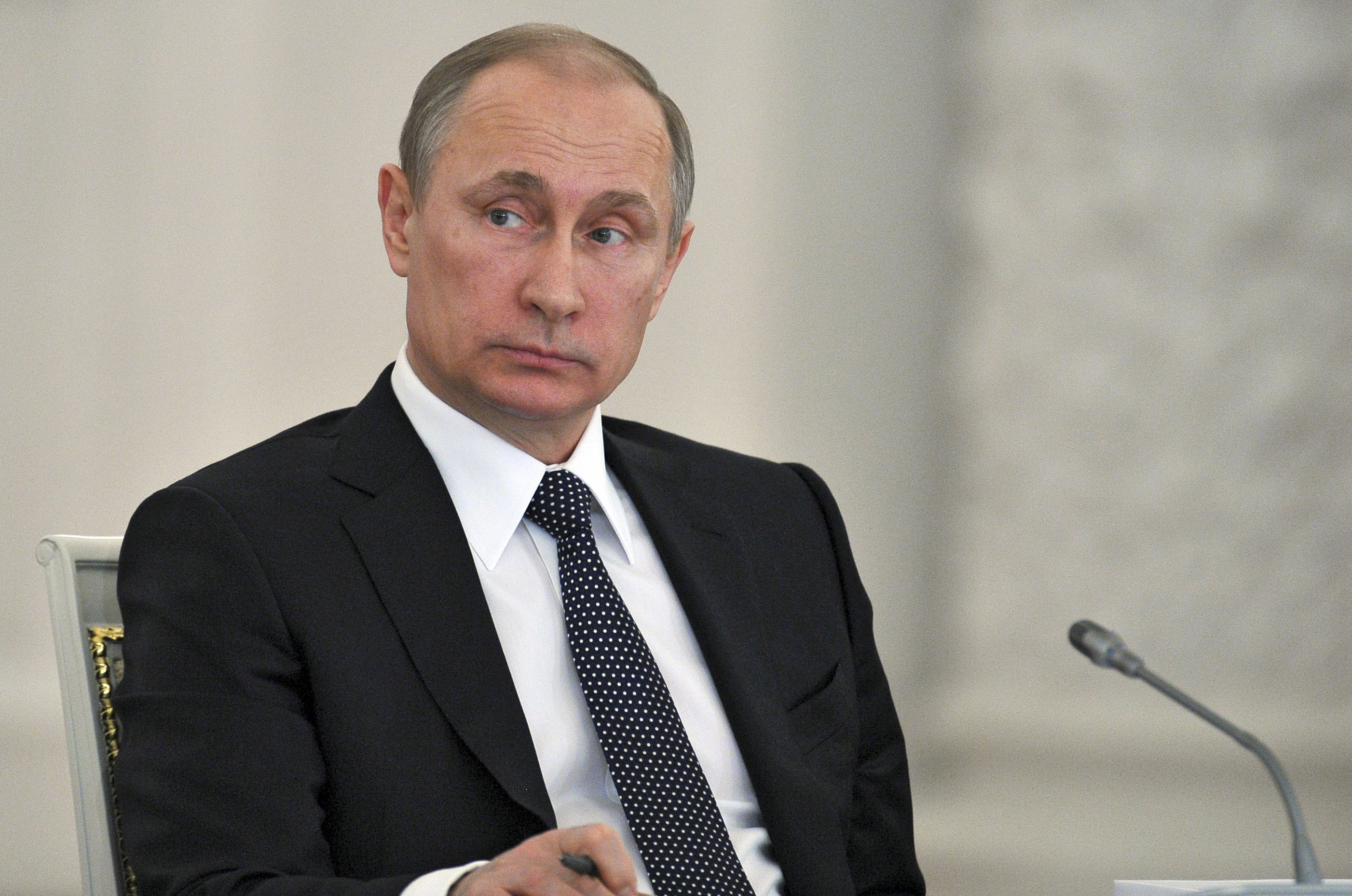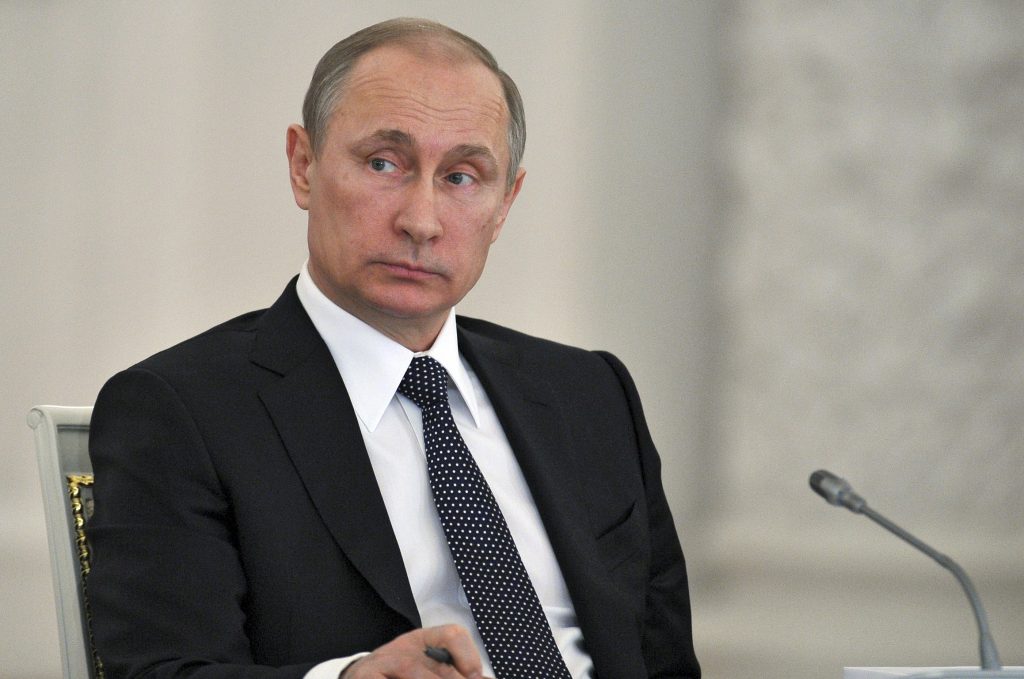 It has been three years since the European Union (EU) and the United States enacted a series of sanctions against Russia for the unlawful annexation of Crimea and the subsequent war in eastern Ukraine. Some of these sanctions deliberately target Russia’s oil industry because it is the backbone of the country’s economy. However, as Russia’s oil production remains at a high level, critics claim that the sanctions have failed to hurt Moscow’s oil industry. Such an assertion ignores the complexity of many internal and external factors that impact the industry’s outlook. A closer look at Russia’s oil industry reveals that despite its current output, in the long run sanctions will contribute to making its future rather uncertain.
It has been three years since the European Union (EU) and the United States enacted a series of sanctions against Russia for the unlawful annexation of Crimea and the subsequent war in eastern Ukraine. Some of these sanctions deliberately target Russia’s oil industry because it is the backbone of the country’s economy. However, as Russia’s oil production remains at a high level, critics claim that the sanctions have failed to hurt Moscow’s oil industry. Such an assertion ignores the complexity of many internal and external factors that impact the industry’s outlook. A closer look at Russia’s oil industry reveals that despite its current output, in the long run sanctions will contribute to making its future rather uncertain.
In 2014, Brussels and Washington unveiled an array of sanctions against major Russian oil and gas companies and pipeline operators. These measures not only made it difficult for Russian companies to borrow funds from Western sources, but also included a ban on Western exports of high-tech oil extraction machinery to Russia, affecting the accessibility of drilling and pumping equipment as well as associated technologies. More importantly, these sanctions enforced a direct prohibition on providing Western services necessary for deep water, Arctic oil, and shale oil exploration and production in Russia.
In addition to the sanctions, Russia’s oil industry also received a blow from the low-oil-price environment. In July 2014, when the first round of sanctions was imposed, the price of oil stood at around $110 per barrel, but two years later the price of crude oil plummeted to approximately $50 per barrel and has remained relatively stable ever since. This, in turn, postponed or outright cancelled investments into a number of no longer profitable upstream oil development projects in the Kara Sea and beyond.
Despite these developments, however, Russian oil production has reached heights unseen since the collapse of the Soviet Union. Thanks to a favourable tax regime, in 2016 Russia produced 11.21 million barrels per day (mb/d) and in 2017 the country is expected to produce a similar quantity of oil, despite the Organization of Petroleum Exporting Countries’ pledge to cut production in light of the global oil oversupply.
This oil production surge is impressive—but it will not last for two reasons.
First, the combination of targeted sanctions and low oil prices prevent Russia from tapping into its unconventional energy resources in such places as the Bazhenov Formation in Western Siberia. To date, Russia has been largely dependent on imported Western technology for extracting oil from unconventional sources and, with the strictures imposed by sanctions, Moscow has been unable to access its great oil riches that lie in deep water territory or in the Arctic Ocean.
Although companies like Rosneft have recently succeeded in replacing some of the Western technologies used for shale oil drilling with imports from China, this does not make Moscow completely independent from the West. Most of the Chinese equipment uses parts that are manufactured in the West and, therefore, it is rather unlikely that, at least in the short term, Moscow could employ these technologies on a large-scale basis.
More importantly, the price of oil has to be sufficiently high for Russia to be able to finance additional drilling of unconventional reserves. It is estimated that Moscow generally needs oil prices to reach at least $55-$60 per barrel to profitably extract oil from shale formations. Also, prices must go as high as $60-$80 per barrel to allow Russia to tap into most of its shallow Arctic oil deposits.
Second, Russia’s brownfield oil production rate is unsustainable in the long term. A significant share of Russia’s current oil output comes from low-cost brownfields—mature oil wells often dating back to the Soviet era—which are running dry. At the moment, Russia has 40 billion barrels of oil stored in brownfields, 51 billion barrels that are on plateau, and 34 billion barrels stored in greenfields (though the quantity of oil in the greenfields could be significantly larger). Yet the problem with many of these new greenfields is that they are located in the inhospitable plains of Eastern Siberia, which lack significant oil transportation infrastructure and require tremendous investments to make them profitable.
Furthermore, the lack of investments in developing Russian oil greenfields can, in the next five to seven years, result in a decreased overall output. It is estimated that oil production will remain relatively stable for the foreseeable future and in 2020 Russia is expected to produce around 10 mb/d. But by 2025, it could drop to below 9 mb/d. This dip in production capacity would occur due to the fact that Russian investments in greenfields that were made before 2014 will gradually wear off, and there will be an urgent need to develop new projects. The situation will be further aggravated by the fact that major oil and gas companies like Gazprom Neft, Novatek, and Rosneft, to name a few, have been included in the list of sanctioned companies, which in turn makes it more difficult for them to access EU and US capital markets and receive loans for their expansion projects.
In sum, even if the impact of the Western sanctions on Russia’s oil industry thus far has been limited, this is about to change rather soon. If the price of oil rebounds to the previous heights, the sanctions will make it impossible for Russia to tap into its unconventional oil reserves. If the price of oil were to remain low, Russia will likely start running out of low-cost oilfields, which will curtail both the country’s total oil output and Moscow’s revenues. When it comes to sanctions, as with many other issues, patience is a virtue.
Lukas Trakimavičius is an intern in the Energy Security Section of NATO’s Emerging Security Challenges Division. The views expressed in this article are the author’s own and not necessarily those of the North Atlantic Treaty Organization.
Image: Russian President Vladimir Putin chairs a session of the State Council at the Kremlin in Moscow April 7. (Reuters/Mikhail Klimentyev/RIA Novosti/Kremlin)
